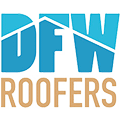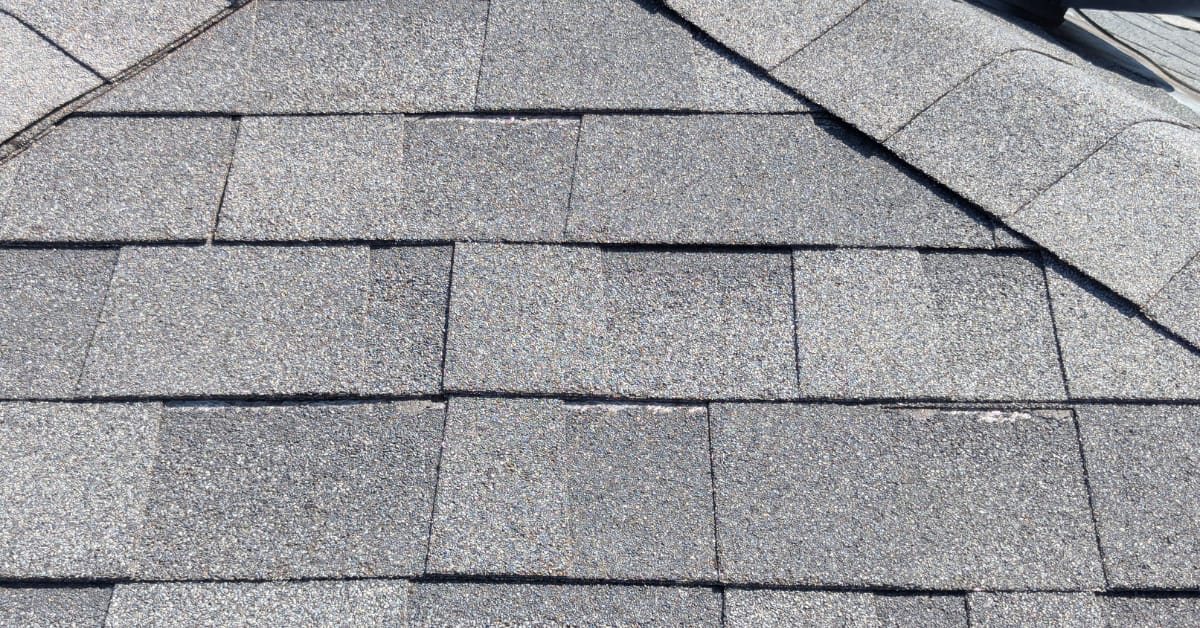-
Hail and flying debris can cause serious roof damage, but impact-resistant shingles of a certain class can bear much more of that force.
-
Class 4 is the highest impact rating, while Class 3 also provides good protection. Wind ratings are separate.
-
All of the major shingles manufacturers offer impact-resistant shingles, but understanding the lab-tested class certifications means you know exactly what you’re buying.
Asphalt shingles are very common in Texas, even though they’re much more affordable than they are durable Still, higher-end asphalt shingles can put up a fight with Texas weather, you just need to know what to look for. If you’re replacing a roof after a storm or planning an upgrade, you need asphalt shingles that can handle hail strikes and debris better than standard products.
That’s what this article is about: explaining what sets “Class 3” and “Class 4” impact certifications apart. For help picking a brand and model, see our shingle manufacturers guide. For coverage rules and paperwork, see our warranties guide.
Texans Need Impact-Resistant Asphalt Shingles
Texas storms throw serious hail and debris. That can bruise shingles, loosen granules, break edges, and open up serious leak points. Since your roof is in many ways your home’s first line of defense against the weather, this damage puts the underlying structure at serious risk. Of course, most shingles manufacturers will boast about how tough their product is, but thankfully, we have standardized lab tests that prove it.
That test is called UL 2218. It’s used for asphalt shingles on sloped roofs. The test assigns a class from 1 to 4 based on how the shingle performs when struck, with Class 4 being the most resistant. So, when you’re looking for shingles, pay less attention to the marketing and more to the impact resistance class of the products.
These higher-class impact-rated shingles are built to handle strikes better and provide more reliable protection. That doesn’t mean they make your roof “hail-proof,” but it does mean you can rest easier when the next storm comes around.
Understanding Class 3 & Class 4 Impact Resistance
So, we just mentioned the UL 2218 test. The two major classes you’ll want to look at are Class 4, which is the top rating, and Class 3, which is one step down. Don’t confuse these classes with more general “storm resistance.” This label has nothing to do with wind ratings or water resistance. It’s only about impact resistance. The test consists of dropping a hard ball of varying sizes from varying heights. The shingles that can only endure a smaller ball dropped from lower heights find themselves in lower classes, while the shingles that resist the larger ball from higher heights are ranked in the higher classes.
So, when you’re looking for shingles that will keep your home protected from Texas’ strong hailstorms, a big part of the equation should be their UL 2218 Class. We’ve discussed the manufacturers GAF, Owens Corning, and CertainTeed in our shingle manufacturers guide. Each has a Class 4 impact-resistant shingles option.
These are often sold as part of each brand’s broader product line or roofing system, which tend to come with great warranties protecting you from defects in the shingles and approved accessories. Enhanced system coverage is often offered for higher-end products, so keep your eye open for this. Some home insurers also provide premium credit for UL 2218 Class 4 roofs, so keep your paperwork.
We’re Here to Help
Need more information? If you have any questions or need assistance with damage, contact DFW Roofers at (469) 751-4018 or schedule an appointment through our online appointment form.


